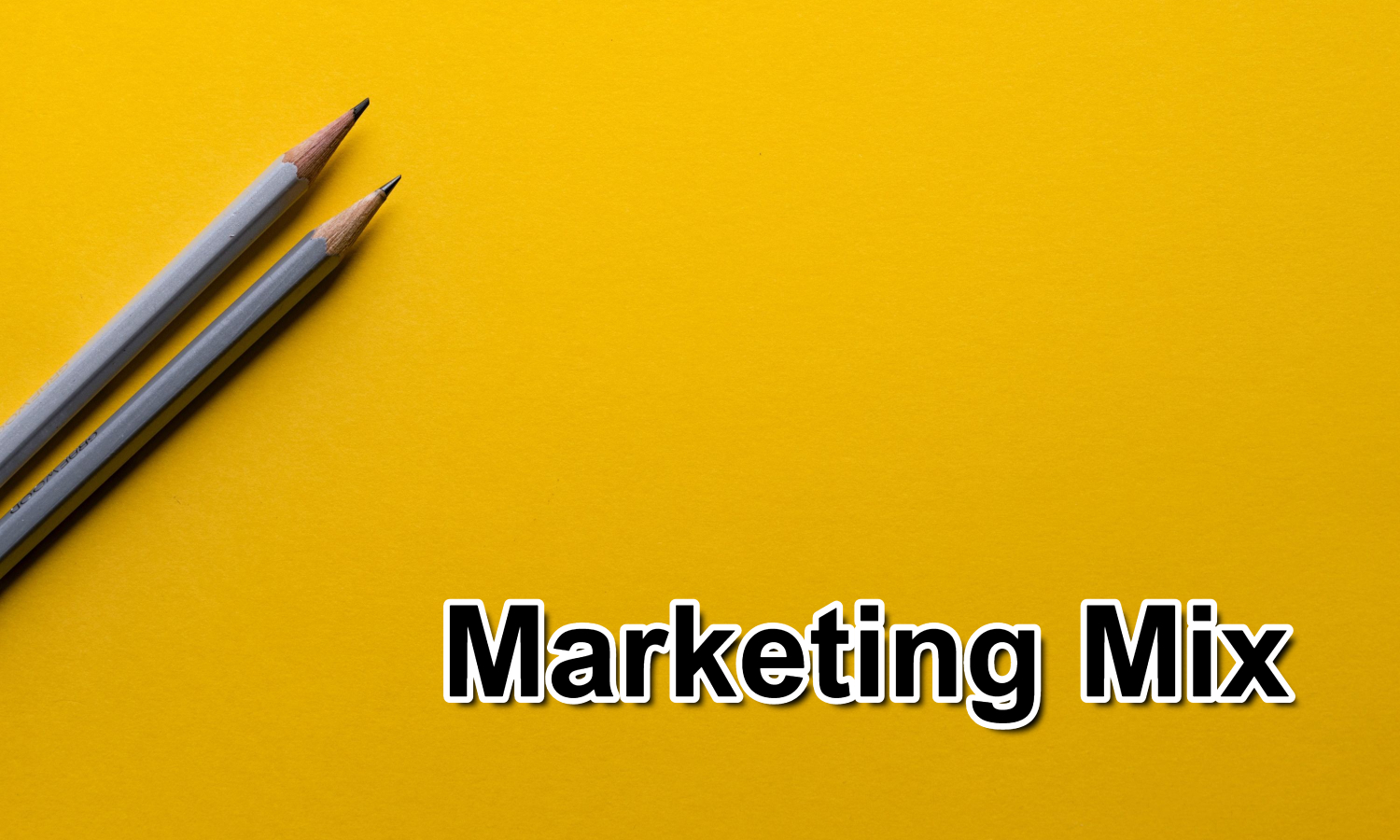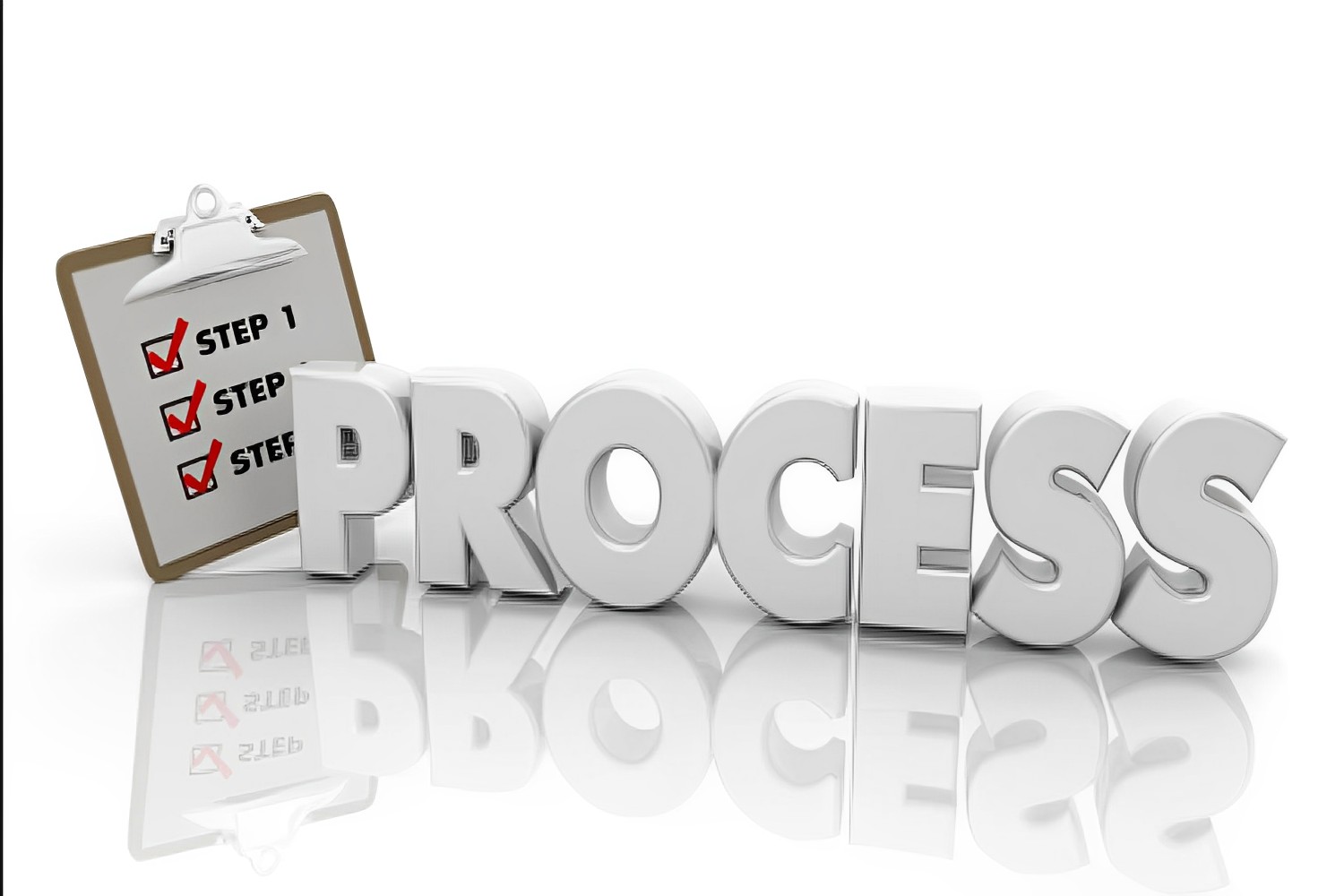Are you ready to take your company to previously unheard-of heights of success and expansion? Discover the power of the marketing mix and learn how to craft a winning strategy. Uncover the secrets behind the product, price, place, and promotion with the ultimate guide to the marketing mix.

The Marketing Mix refers to the mix of tactical tools or factors a corporation employs to market its products or services. It includes product, price, place, and promotion.
Understanding the Marketing Mix and a thorough understanding of RTB in Marketing is crucial, as it helps businesses create targeted marketing strategies, meet customer needs, allocate resources effectively, and gain a competitive advantage.
This comprehensive article will provide an in-depth explanation of the four elements of the marketing mix (product, price, place, and promotion) and how they work together to create an effective marketing strategy, as well as The ultimate guide to the marketing mix, which will help you to reach heights of success.
The Ultimate Guide to the Marketing Mix: The 4Ps
Product
It refers to a tangible or intangible item or service offered for sale to consumers. Product development is the process of creating or improving a product. In contrast, product strategy involves the plan and tactics used to position, market, and differentiate a product from competitors to meet business goals.
Price
Price is the monetary value assigned to a product or service. Pricing strategies are the methods and approaches that organizations use to establish the best pricing for their products and services. These strategies consider cost, competition, customer demand, and perceived value to achieve profitability and market success.

Place
Place refers to the location or channel via which products or services are made available to consumers. Distribution channels are the routes to transfer goods or services from producers to end users, including direct sales, intermediaries, wholesalers, retailers, e-commerce platforms, or a mix of these, assuring efficient and widespread availability.
Promotion
Promotion refers to the activities and communication efforts to promote and create awareness about a product or service to target customers.
Types of promotion include:
- Advertising (using various media channels),
- Personal selling (one-on-one interactions),
- Sales promotion (incentives to drive sales),
- Public relations (managing public image),
- Direct marketing (direct communication with customers)
These methods influence consumer behavior and increase product visibility and sales.
Check this out : Understanding Physical Evidence In Marketing Mix
The Marketing Mix’s Evolution: 7Ps, 8Ps, 4Cs, and 7Cs
7Ps of the Marketing Mix
In addition to the traditional 4Ps of the marketing mix (Product, Price, Place, and Promotion), three more Ps contribute to the ultimate guide to the marketing mix. The other Ps stand for Process, People, and Physical Evidence.
Employees, customer service agents, and salespeople are examples of people delivering a product or service. Their skills, knowledge, and attitude impact customer satisfaction.
The process focuses on the operational procedures and mechanisms that ensure the product or service is delivered efficiently. Processes must be simplified, customer satisfaction must be improved, and internal operations must be optimized.

Physical evidence encompasses the tangible elements that support the product or service, such as packaging, branding, and the overall physical environment. It includes everything that provides visual or sensory cues to customers.
By considering all seven Ps, marketers can create a well-rounded marketing mix that addresses not only the core elements of the offering but also the people, processes, and physical evidence that influence customer perceptions and satisfaction.
See also : What is the Netflix Marketing Mix? 4Ps of Netflix’s Marketing Mix
8Ps of the Marketing Mix
The 8th P of the marketing mix is “Publicity.” Publicity refers to the strategic use of media channels to create awareness and generate positive publicity for a product or service.
It involves press releases, interviews, social media campaigns, and event sponsorships to enhance brand visibility and reputation. Publicity plays a crucial role in shaping public perception and influencing consumer behavior, making it a vital component of an effective marketing strategy.
4Cs of the Marketing Mix
1. Customer
A customer is anybody or anything who purchases goods or services from a company. In the 4Cs of the marketing mix, the customer is the central focus, and understanding their needs, preferences, and behavior is crucial for effective marketing. Businesses can create successful marketing strategies and enhance customer loyalty by addressing customer-centric elements like value, satisfaction, and building relationships.
2. Cost
It is the money, time, or effort a customer is willing to spend to acquire a product or service. Cost refers to a business’s pricing strategy to profit while remaining competitive.

Types of cost include:
- Fixed costs (e.g., rent, salaries)
- Variable costs (e.g., materials, labor)
- Semi-variable expenses (e.g., utilities, maintenance)
Understanding these costs and their impact on pricing can help businesses make informed decisions to maximize profits and customer satisfaction.
3. Convenience
Convenience is the ease with which a client may get and utilize a good or service. In the 4Cs of the marketing mix (Customer, Cost, Convenience, Communication), convenience plays a significant role. It involves availability, accessibility, usability, and delivery methods.
By prioritizing convenience, businesses can enhance the overall customer experience, attract and retain customers, and gain a competitive edge in the market. In today’s fast-paced and time-constrained culture, where customers expect smooth, simple solutions, comfort is crucial.
4. Communication
Communication is sharing knowledge, ideas, and messages between a company and its clients. In the 4Cs of the marketing mix, effective communication is crucial. It involves various types, such as advertising, public relations, direct marketing, sales promotions, and personal selling. Businesses can effectively engage and connect with their customers by employing targeted and persuasive communication strategies to drive sales and foster loyalty.
7Cs of the Marketing Mix
The last three Cs of the marketing mix, which complement the initial 4Cs, are Customer Satisfaction, Communication, and Cost. Customer Satisfaction emphasizes the importance of meeting and exceeding customer expectations to build loyalty and long-term relationships. Communication focuses on effective messaging and engagement strategies to reach and connect with the target audience.
It involves utilizing various channels and platforms to convey value propositions and establish a brand presence. It emphasizes the pricing aspect, ensuring that the offering provides value for the customer while also considering profitability for the business. Together, these three Cs round out the marketing mix by addressing crucial elements influencing customer perception, engagement, and overall success in the market.
FAQs
What is the difference between the marketing mix and the 4 Ps?
The marketing mix and the 4 Ps are often used interchangeably, but the marketing mix is a broader concept that includes other elements beyond the traditional 4 Ps (product, price, place, promotion).
Can the marketing mix be used for non-profit organizations?
Yes, the marketing mix can be adapted to suit the unique needs of non-profit organizations, with the 4 Ps being reinterpreted as mission, money, methods, and media.
How can a company balance the elements of the marketing mix?
When balancing the marketing mix elements, the company should consider its marketing objectives, target market, and overall strategy.
Can the marketing mix be applied to services as well as products?
Yes, the marketing mix can be adapted to suit both products and services, replacing the product element with the service element.
How does the marketing mix differ for luxury products?
The marketing mix for luxury products often emphasizes exclusivity, prestige, and brand image more than price and availability.
Final Thoughts
In today’s dynamic business landscape, mastering the marketing mix is essential. By incorporating the traditional 4Ps, expanding to the 7Ps and 8Ps, and embracing the customer-centric approach of the 4Cs and 7Cs in the ultimate guide to the marketing mix, marketers can unlock a comprehensive toolkit to create impactful strategies, build lasting relationships, and achieve marketing success.
See also: 8Ps of marketing

